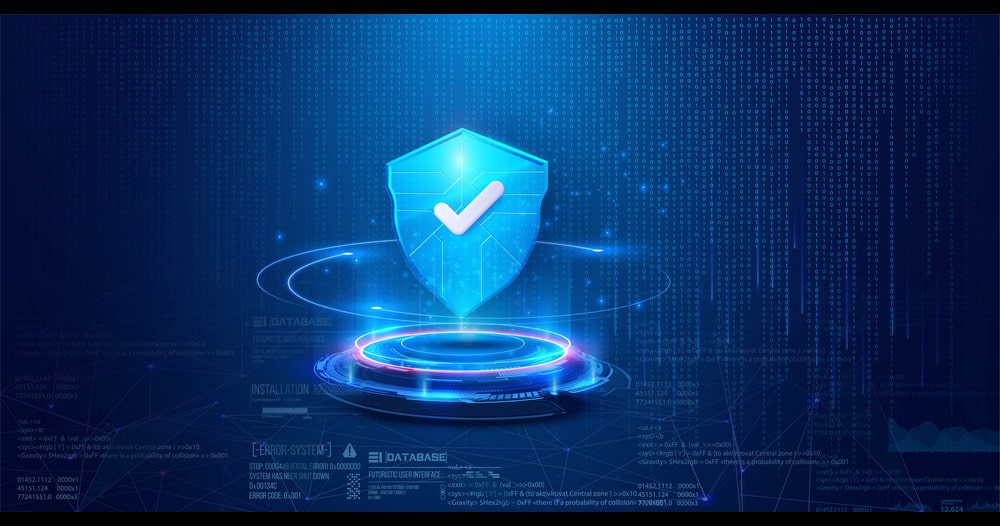Microservices and Serverless are two key issues in the world of cloud-native computing. Although microservices and serverless functions are usually in sync, they are distinct technologies that serve different purposes in the current software environment. This article provides an outline of the things microservices and serverless could be, as well as how they interact with one another, and what they share and why you should choose to utilize the serverless microservice.
What is a Microservice?
The term “Microservices” refers to an architectural style in which applications are split into small services (hence the term “microservice”). Microservices architectures have different type of architecture than monoliths (applications where each function is run as a single entity).
For example, think of the shopping app that allows users to browse for items, place them to their carts, and finally complete their shopping. The app could be built using the form of a series of microservices.
- A front-end application interfaces.
- The search engine looks up the databases of products built on queries for search generated from users.
- A service that provides product details that gives additional information about products when the user clicks.
- Shopping carts provide a method to keep track of the items that shoppers put in their shopping carts.
- A payment service that manages the entire process of processing payments.
This is just an example. In real-world scenarios, microservices apps are built in various methods. There aren’t any definitive guidelines regarding how the functions of an application may be distributed across different microservices.
In fact, there’s nothing such as a standard that states that you must use a certain number of services to qualify as a microservices model. Technically speaking you can use only one or two of these services and call the app as a microservices one, however it is common for developers to incorporate at least a couple of microservices into every app.
Microservices have become since the last decade due to flexibility and scalability they provide to applications that run on cloud-based distributed environments. If you’re running several instances of your application on multiple servers, you can use microservices to make sure that the load is distributed more evenly, by running a variety of microservices on different servers.
Microservices can boost the efficiency and stability of your application through expanding the application’s footprint in the event if one of your microservices fails, the rest of the application will continue to function and users won’t be completely eliminated. Furthermore, as microservices aren’t full applications, it’s simpler to establish a microservice to replace one that has failed (or to boost capacity in the event your application’s load increases) rather than loading the entire application.
What is Serverless?
Serverless refers to a process in which application code is executed at will, responding to the triggers that developers create prior to the time.
The code executed using this method (called “serverless methods”) can be a complete application. Serverless functions are used to implement discrete units of application functionality.
A good example of one common use for serverless is to run an application that alters the size of the pictures uploaded by the user. In this scenario, developers could create triggers to run the serverless function when users upload new photos within the program. The serverless function will complete its job and stop running when it’s finished.
The main benefit for serverless software is that it offers an economical method of running applications which don’t have to run on a continuous base. In the absence of serverless, you’d always have to ensure that every part of your program in operation, which will take up energy. Serverless features allow you to set certain components within your program only run when it is necessary.
So, the front end of an application isn’t the best option for a serverless app as it must be in continuous operation to ensure users are always active. However, an authentication service that is used frequently may be a good option in serverless.
Serverless has the advantage of a simpler configuration and deployment. Instead of developing the entire operating system, Serverless lets them add the functions they wish to run, then set the triggers for them and then call it a day.
Similar to microservices, serverless model has been there for quite some time. However, the concept of serverless wasn’t fully realized until the time of cloud native. Today, major cloud providers such as Azure offer serverless services. The third party serverless platforms that can are run on cloud IaaS infrastructure or on premises are Kubeless and OpenFaaS.
Serverless Microservices
Microservices and serverless can be described as two separate kinds of technological systems. Microservices can be used to build an application, while serverless is the technique used of managing the application (or the component of the application).
However, microservices and serverless are intricately connected. Serverless functions can be used to host microservices.
Additionally, you can create an expression “serverless microservice” by creating the code required to run the microservice and later creating it to run as a serverless process. Any microservice that must run for several minutes is an ideal candidate for the serverless microservice deployment method.
Microservices and Serverless are similar in the sense that they require similar approaches to managing and controlling their activities. The more microservices and serverless functions you integrate into your system the more moving pieces you have to keep track of and the more robust your monitoring tools and software need to be.
What is the difference between Microservices and Serverless?
It’s not possible to run every microservice in an application using serverless. For example, Microservices (like app front ends) that need to be continuously running, are not able to function in a system that is completely serverless. It is preferential to run these in containers.
It’s not required to build microservices to reap the benefits of serverless architecture. You can build monolithic applications on a serverless platform, but it’s hard to imagine the various scenarios where this can bring significant benefits. You can’t expect to get the benefits of speed and efficiency provided by serverless architecture if you’re running an monolith app that is unable to differentiate applications that are in continuous operation from those required to run at certain times.
It is crucial to keep in mind that serverless environments can have a variety of servers’ functions which can be shared between multiple applications. (Again, looking back to the example of a serverless application that can resize images, it’s possible to have numerous applications that require this function, and then you’d split the task among different applications). It’s uncommon to use multiple microservices within an application. It is also rare to utilize the same microservice for several applications unless it’s services that provide additional features (like that of log collection) as an alternative to the main functions of the application.
Some professionals suggest that serverless is not as advanced as microservices. But this is a debate and is dependent in the manner the definition of microservices is interpreted and how you think about serverless. Both technologies have existed for a considerable amount of time up until now, and it’s hard to establish that either is sufficiently advanced to be employed in production.
It is also possible to say that the software that is used to manage serverless functions isn’t quite so well-developed as the software that is used for microservices. There are many solutions which can manage and monitor microservices-related applications.
Monitoring for serverless and log management may be more difficult to come by because the market for serverless is still fragmented. There are no two serverless platforms that are alike; they all work with various languages. So, the tools for managing and monitoring serverless tend to be specific to the platform being used. Therefore, serverless isn’t as developed as microservices.
However, Embee’s cloud experts can help you with log management and analysis for microservices-based architectures as well as serverless functions.
Conclusion
Both serverless and microservices are compatible with one another, but they don’t have to be used together. You can build microservices using serverless functions or use serverless to run programs that don’t have distinct microservices. Serverless is one of the many ways to host microservices. Both technologies have distinct advantage over cloud computing, however they solve different types of problems.




















































